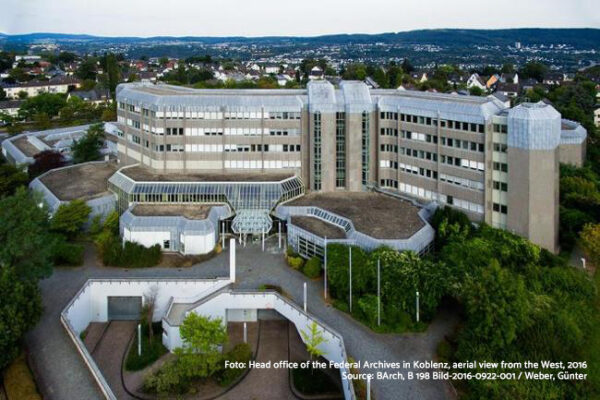Just like book formats, paper formats also vary considerably from one another around the world to this day. This is mainly due to their historically determined different creation and manufacturing processes and technological developments.
In the 14th and 15th centuries, for example, sheet sizes of 43 × 30 cm were common in what is now Italy, Switzerland and Germany, which roughly corresponds to today’s DIN A3 format. This size was an easily manageable format during the manually performed process of paper making.
At the same time, however, the first paper mills were already being built for the mass production of paper. Historical paper formats were therefore always derived from the sheet format of the respective manufacturer. So-called quarto formats (i.e. a quarter of the sheet, produced by dividing it twice) or octave formats (analogous to this, an eighth of the sheet) were common. However, there was no standardization. Historical formats also differed fundamentally in page proportions from today’s standard formats. Commonly, the sheet format was 3∶4 pages. If you fold such a sheet, you get a sheet with proportions 2∶3, and if you fold it a second time, you get another one with 3∶4 pages, and so on. Thus, the quarto format usually had a format of 3∶4, the octavo format of 2∶3.
Different aesthetic properties and suitability for certain purposes were attributed to these formats. For example, the 3∶4 quarto format was considered soft and friendly, while the narrower 2∶3 octavo format was considered more austere. When used as a book format, the larger and wider quarto format was preferred for bound books placed on a table. The handier 2∶3 inch format, on the other hand, was suitable for books that were held in the hand. Even today, paperbacks typically have a narrow format close to the 2∶3 aspect ratio.
In places, such as libraries, 19th century formats are still in use today. Some values have changed over time, sometimes by more than an inch.
Related Topics
Under the unofficial name A4+ (A4 plus), there [...]
READ MORE
A newspaper format describes the standardized dimensions of [...]
READ MORE
The standardized values for paper sizes known today [...]
READ MORE
The term folio derives from the Latin word [...]
READ MORE
The book format indicates how many sheets a [...]
READ MORE

